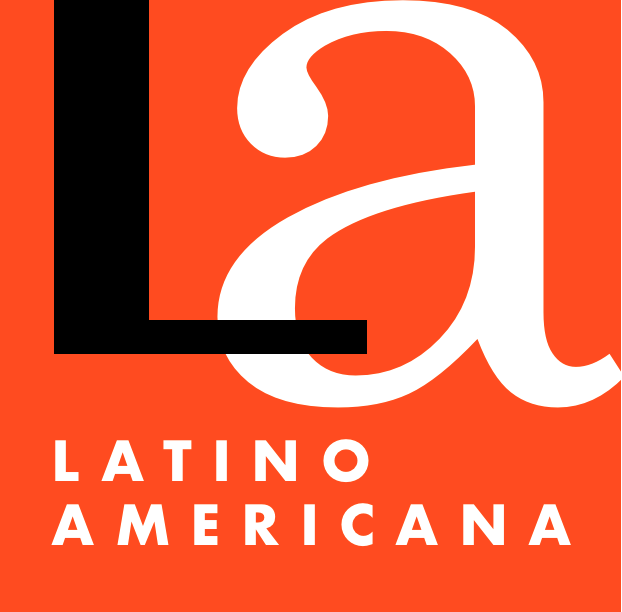School Segregation and Inclusion
DOI:
https://doi.org/10.4067/S0718-73782016000200001Keywords:
School segregation, Inclusive educationAbstract
On 17 May 1954, the United States Supreme Court handed down a landmark ruling declaring state laws that separated students in public schools on the basis of race to be illegal, the famous Brown v. Board of Education of Topeka. That ruling pointed out in a timely manner that ‘separate educational facilities are inherently unequal’. Although the Supreme Court referred to the existence of separate schools for ‘whites’ and ‘blacks’, the idea that inspired it is equally valid today, more than 70 years later, and we can generalise it to any form of schooling that involves the separation of students on the basis of certain characteristics or conditions.
This phenomenon, the unequal distribution of students in schools according to their personal characteristics or social and cultural background, has been called school segregation. Thus, it refers to the concentration of students from one or another ethnic-cultural group in certain schools, the grouping of foreign immigrant students in certain centres, the non-uniform distribution of children and adolescents in schools according to the socio-economic level of their families, or the unequal concentration of students according to their capacity or academic performance, or schooling according to disability in special schools. In this way we can speak of ethnic-racial school segregation, school segregation by socio-economic level, school segregation by origin of students and segregation by ability. All of these are inherently unequal and unfair.
Published
How to Cite
Issue
Section
License
Copyright (c) 2016 Revista Latinoamericana de Educación Inclusiva

This work is licensed under a Creative Commons Attribution 4.0 International License.
Creative Commons Reconocimiento (by)
Esta licencia permite la explotación de la obra, así como la creación de obras derivadas, la distribución de las cuales también está permitida con la condición de que se haga referencia expresa al autor/a, es decir, que aparezca su nombre en cualquier uso o acto de explotación que se haga de la obra.












